We grow it ourselves: bearded or Turkish carnation

Bearded carnation is one of the oldest plants. Translated from Greek, the name sounds like a divine flower. The homeland of cloves is Southern and Central Europe. It is loved by gardeners for the beauty of its flowers and unpretentiousness. In Russia it grows in the European part, in the Far East, in the Ciscaucasia.
They are called “bearded” for the presence of bracts on each flower, shaped like cilia along the edge.
Content:
Description of the plant
Biennial plant, although it is used as a perennial and has the ability to grow up to 10 years in one place. The stems are fleshy, gnarled, straight, and grow in large numbers from a single rosette. The height of the stems ranges from 40 to 60 cm. The leaves are green or with a slight reddish tint and are located opposite each other. The special charm of the carnation lies in its unusual colors: from white and cream to burgundy, in various combinations. Fragrant and incredibly beautiful, in the first year they form a rosette, blooming in the second year.
The flowers are collected in inflorescences with a diameter of 8-12 cm. Starting around the end of July, it blooms for a month. The seeds ripen in August and are flat in shape. Carnations look good in flower beds and as cut flowers.
Grows well in fertile soils and on the sunny side. At the same time, it can grow in partial shade, on non-acidic loamy soils. Does not tolerate waterlogging. Resistant to cold weather, does not require shelter for the winter.However, in winter it is damaged by mice that hide in thick, dry stems.
Carnations look good in flower beds and as cut flowers. With the help of carnations, you can create spectacular borders, use them to create variegated flower beds, and plant them on alpine hills (carnations also take root and grow on rocky soils). Carnation bearded can act as a ground cover plant and form a lawn. Used to decorate retaining walls and any rocky structures.
Growing: methods and features
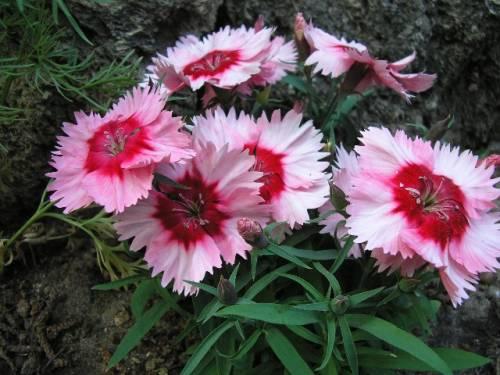
One way carnation propagation bearded (Turkish) is to grow it from seeds.
Clove seeds are small, flat, dark brown or black in color. Seeds are planted in a greenhouse in cold soil at the beginning of April or in warm soil on a ridge at the end of June - beginning of July. After 8-10 days, shoots appear. Without regular watering, the young plant will wither and die - this is the basic rule for growing cloves from seeds. The plant is transplanted to a permanent place of growth in September.
By this time it will have a well-developed leaf mass and a strong branched root system. It is advisable to plant according to a 20x25 cm pattern. With this arrangement, the plants will not interfere with each other during the period of active growth, and at the same time will support the stems in an upright position, preventing them from falling to the ground.
Turkish carnation (bearded) - vegetative propagation
If you don’t want to bother with seedlings, you can dilute cloves vegetative way. In early spring, cuttings can be carried out: young shoots without leaves are dug into the ground, the top with leaves is left, and watered well. After some time, the cloves will begin to grow.
Another way, no less easy. In mid-August, the leaves (except for the top) are torn off from the young shoots, the stems are laid out on the soil around the bush and covered with a layer of fertile soil so that only the leafy tips remain at the top. With this method of planting, the carnation will grow in this place for about 10 years, while maintaining the size of the flowers and not thinning out.
Clove varieties
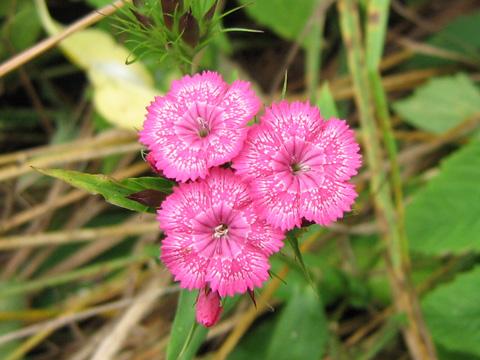
It is simply impossible to describe the Turkish carnation in its species diversity. Let's look at just a few facts.
Scientists are conducting active breeding work with bearded carnation. Among the latest developments, it should be noted:
- Bodestolz Pink Shades
- Heritage Crimcon variety series (Hiritage Crimcon)
The Dutch company Kieft Seeds has launched a new variety series of carnations, Noverna. This variety of bearded carnations blooms in the first year. Flowers of various colors, large.
Among the varieties most used in Russia are:
- Ember - very dark, raspberry-violet-black color of flowers, stem height 55-65 cm.
- Surprise - terry variety mixture of flowers of various colors
- Mazurka – white single-double carnation
- Chardash - scarlet, with dense inflorescences
- Midget is a dwarf variety with dark red flowers.
Carnation bearded turkish is genuine decoration of any area or flower beds. When using different varieties, the main thing will be to know exactly which carnations are tall and which are medium and low, so as not to accidentally plant a dwarf carnation in the center and a tall one on the border.
When planting bearded carnations, it is absolutely not necessary to select them by color: the variegated carpet they form or a contrasting combination will always be appropriate.After all, the second name – Turkish – was given to the carnation for a reason. Türkiye is a sea of light, water and impossible color combinations.
Educational video about Turkish cloves:
Interesting information about the vegetable garden


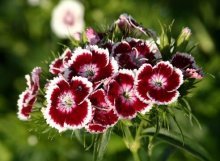
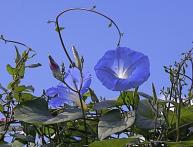
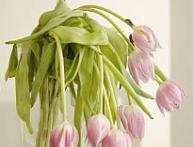
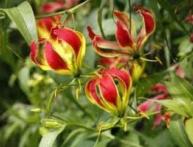
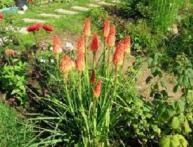

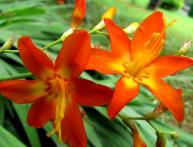
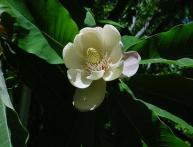
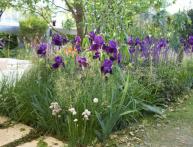
Comments
Yes, this flower does not lose its popularity! My grandmother also grew it! And now there are many double and dwarf (border) varieties! Only it is very susceptible to powdery mildew... I spray it with a fungicide, just like tomatoes (along with tomatoes).